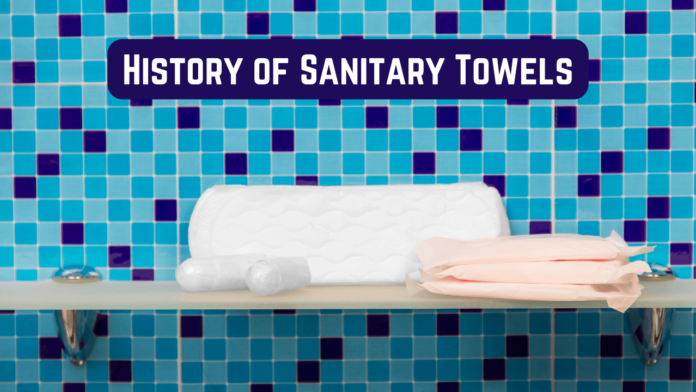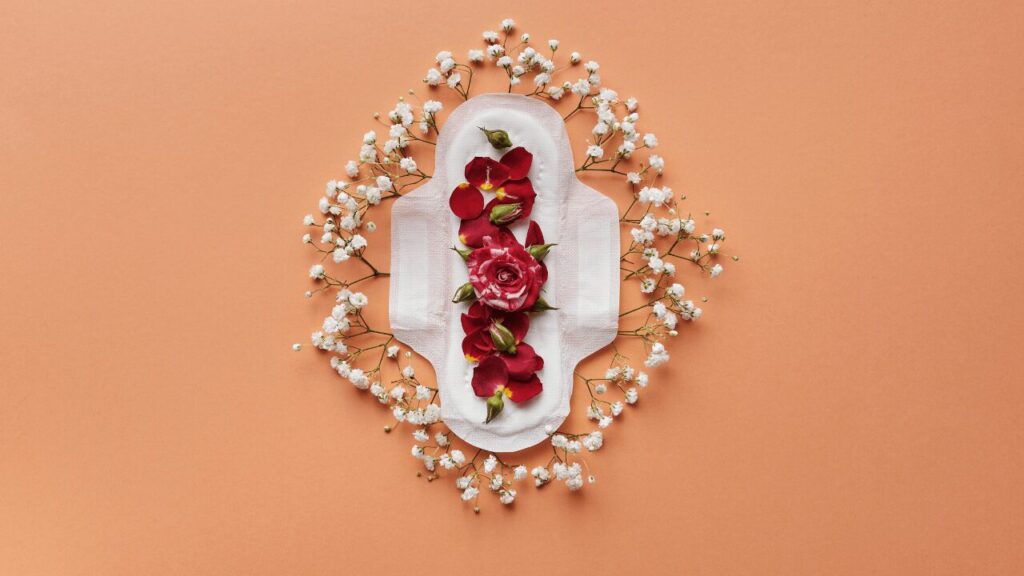Ladies, have you ever stopped to think about the history of sanitary towels? Over the years, the evolution of these products has gone through a transformative journey. From materials such as cotton to more modern designs that include wings to keep them in place, sanitary towels have become a staple for women. Along with the changes in design, there have also been cultural shifts that have allowed for more open conversations about menstruation and better acceptance of menstrual products. So, let’s take a closer look at the fascinating history of sanitary towels and the cultural changes that have accompanied them.
Evolution of Sanitary Products Over The Years
In ancient times, women used natural materials like wool, papyrus, and grass as sanitary products. By the 19th century, reusable cloth pads were more common. The 20th century brought about a revolution with the introduction of disposable pads. Companies like Kotex started marketing their products in the 1920s, and by the 1980s, adhesive strips were introduced to keep the pads in place. The 21st century has seen the rise of eco-friendly alternatives like menstrual cups and reusable pads.
Cultural Changes and Acceptance
The Stigma Surrounding Menstruation and Its Gradual Dissipation
Menstruation was a topic shrouded in mystery and taboo for a long time. In many cultures around the world, menstruating women were considered impure, leading to social isolation and a lack of education about menstrual hygiene. However, the late 20th and early 21st centuries have witnessed a remarkable change in societal attitudes towards menstruation. Campaigns for menstrual awareness, backed by non-profit organizations and influencers, have played a pivotal role in breaking the silence and stigma surrounding menstruation.
Menstrual Hygiene Management: The Modern Scenario
Today, women have many menstrual products to choose from, including tampons, menstrual cups, and period underwear, in addition to the traditional sanitary pads. There has been a growing emphasis on making these products more accessible to women across all socio-economic backgrounds. Movements like “Period Poverty” aim to ensure that every woman and girl can manage her menstruation in a hygienic way, where and when she needs to. There are also increasing efforts to make these products more environmentally friendly, with many brands offering biodegradable or reusable options.
The Impact of Advertising on Menstrual Products
The marketing and advertising strategies for menstrual products have evolved along with their products. Earlier advertisements were discreet, often using euphemisms and avoiding direct references to menstruation. Today, advertising is more candid, reflecting a more open and comfortable society discussing menstruation. These advertisements often aim to empower women and challenge societal norms, further aiding in breaking the stigma associated with menstruation.
Menstrual Education and Its Importance
Education about menstruation is crucial in promoting menstrual hygiene and breaking societal taboos. Comprehensive education can help girls understand the changes their bodies are experiencing and help them manage their periods effectively. Furthermore, it fosters an environment where menstruation is perceived as a natural bodily function rather than a taboo topic. Today, many schools and non-profit organizations offer menstrual education programs, instilling confidence in young girls and promoting a healthier, more inclusive society.
Conclusion
The history of sanitary towels reflects technological evolution, cultural attitudes, and societal norms. From ancient times to the present day, menstrual products have undergone significant changes in design and accessibility. This journey has also seen a gradual shift from stigma and shame towards open conversations and acceptance of menstruation. As we move forward, we must continue these discussions and work towards making menstrual hygiene accessible to all. So, the next time you use a sanitary towel, remember its journey through history and appreciate how far we have come. So, let’s keep talking and taking steps towards a more period-friendly future!

